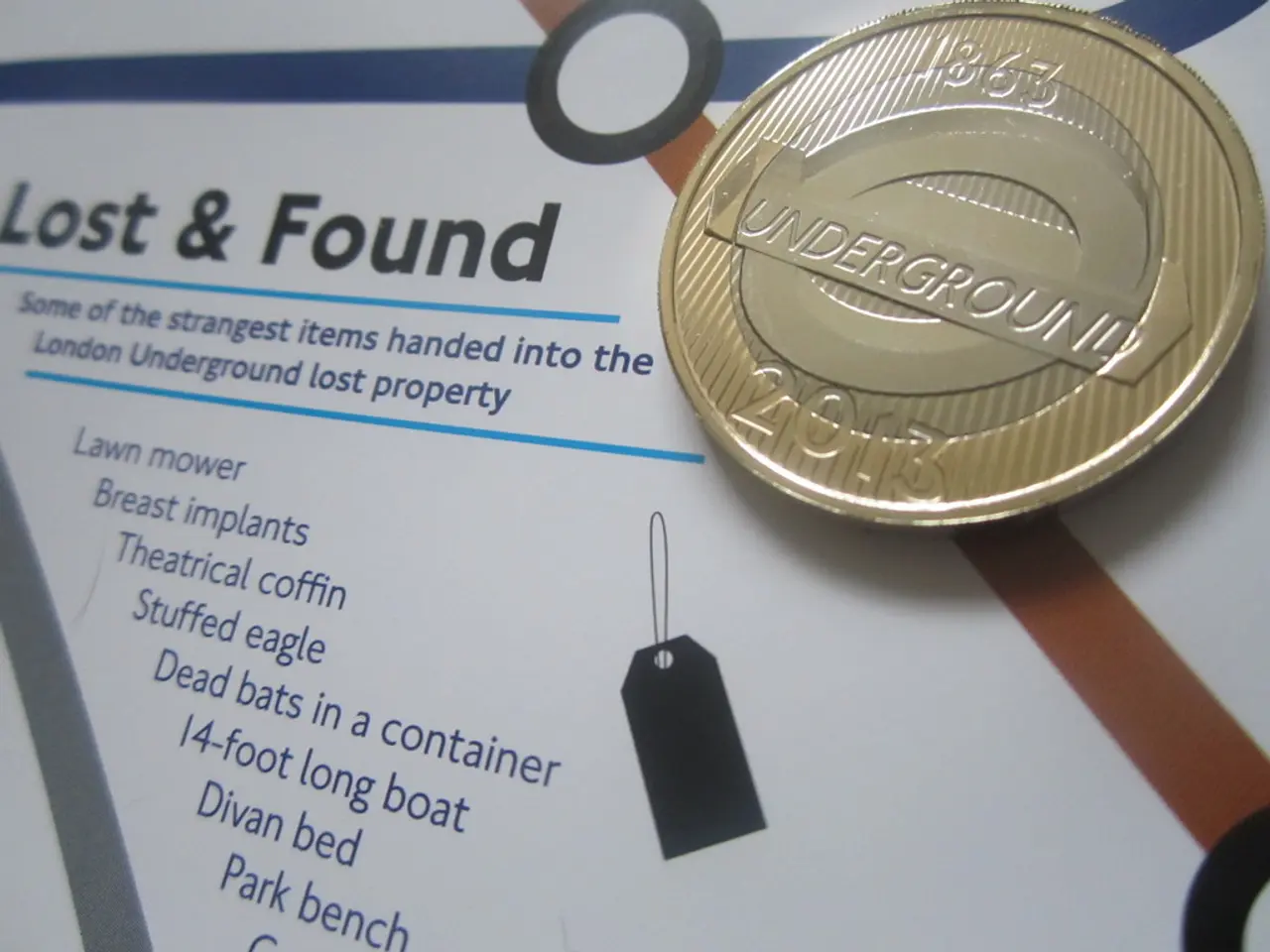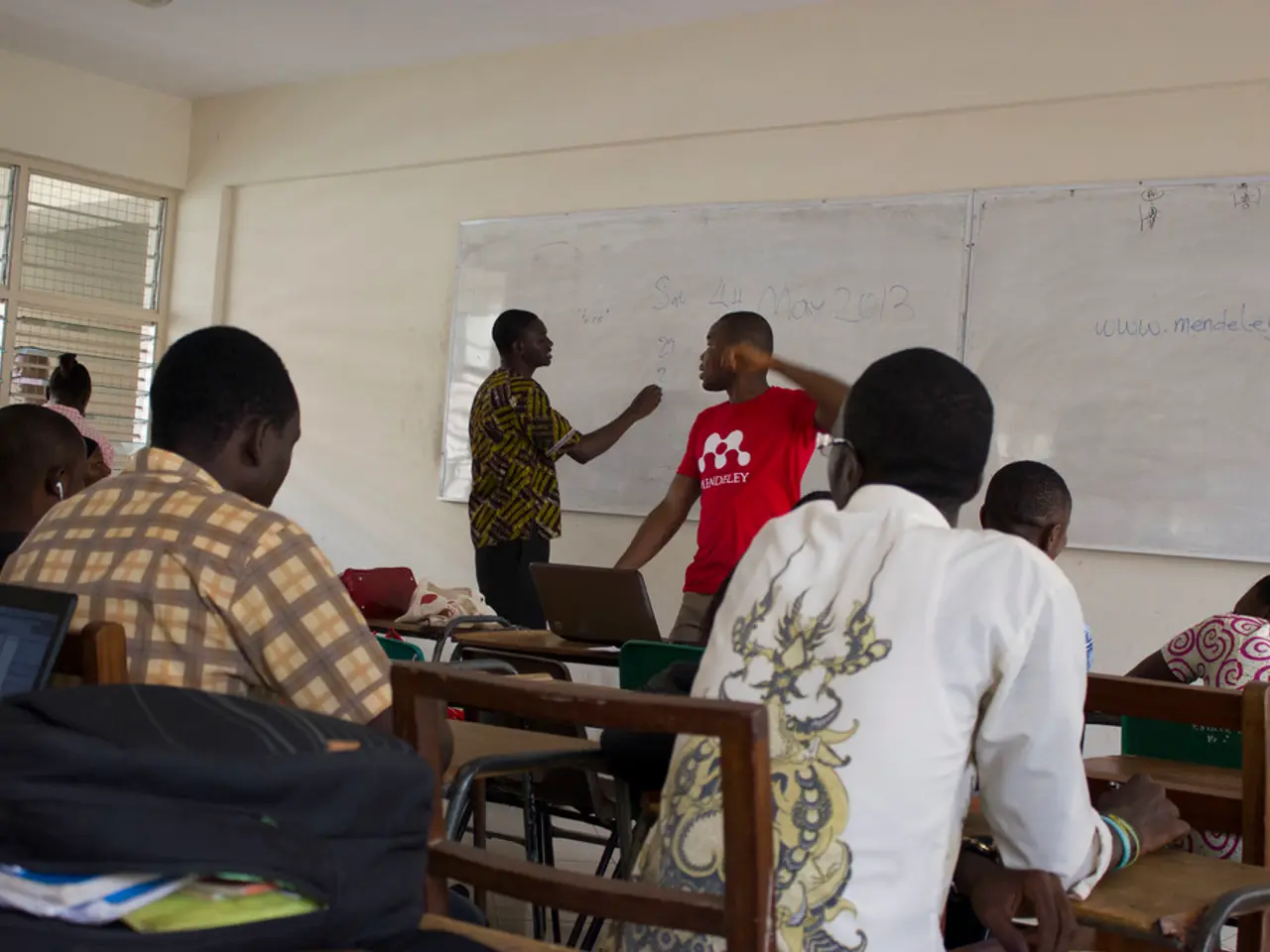Africa's Need for Secure Digital Currencies: Insight from Paycrest's Co-founder
In the rapidly evolving digital payment landscape of Africa, local stablecoins are making a transformative impact. With countries like Nigeria leading the way, these digital currencies are gaining significant traction, particularly among Sub-Saharan Africans, who are embracing them at a rate higher than any other region globally [1][5].
One such stablecoin is cNGN, a Nigerian stablecoin pegged to either the naira or USD. The surge in its adoption can be attributed to the need for a practical tool to hedge against rapid local currency depreciation, such as the 73% loss in value of the naira versus the USD over the past three years [1][5].
The appeal of stablecoins lies in their utility for real-world applications, such as faster, cheaper, and more accessible payments, rather than speculative investment [1][3]. The use of dollar-pegged stablecoins also reduces the volatility risk common in other cryptocurrencies, fostering greater trust in digital transactions [3].
The advantages of stablecoin-based transfers are evident, particularly in cost and speed. These transactions offer cheaper and near-instant remittances compared to traditional banking or money transfer services, a crucial benefit for cross-border value transfer within the continent and internationally [3].
Stablecoins are also promoting financial inclusion by providing access to financial services for millions of unbanked Africans, bypassing the limitations of traditional banking infrastructure [3][5]. Companies are also leveraging stablecoins to manage liquidity and reduce exchange rate risks, while multinational suppliers and local merchants are using them to facilitate payments and expand market reach [5].
Regulatory bodies in Africa are adapting to this shift, with some lifting bans, creating regulatory sandboxes, and drafting new laws to integrate stablecoins into the financial ecosystem safely [1][5]. However, the regulatory landscape remains complex and evolving, requiring a delicate balance between innovation and consumer protection.
Enter Paycrest, a decentralized liquidity network founded to address two major issues with cross-border payments: multiple layers of abstraction and severe liquidity fragmentation [6]. Paycrest's approach is similar to SWIFT's model, acting as a financial messaging protocol rather than a financial institution [6]. The platform uses blockchain networks to escrow stablecoins, ensuring speed and trust while never holding user funds [7].
Paycrest's innovative solution allows local currency providers to plug into a decentralized liquidity network, known as a "liquidity layer," without the need for intermediaries [7]. This approach could potentially allow for direct transfers between African countries without the constant flow through the dollar ecosystem.
Another player in this space is MiniPay, offering a similar solution with a low entry barrier, focusing on meeting users where they are while educating them about the benefits of the product [8]. NoBlocks also allows users to sign up with just an email and generate a smart wallet, enabling zero-fee, zero-gas cost transactions in local currencies [9].
The potential of local currency stablecoins is significant, with the potential to revolutionize cross-border payments, accelerate digital financial inclusion, support economic resilience, and drive innovation in payment infrastructure [1][3][5]. The trend is gaining momentum and deserves attention, especially as it holds the promise of a more seamless, cost-effective, and inclusive digital payment landscape for Africa.
However, building decentralized systems in societies where trust in institutions is already low and digital literacy remains a challenge requires responsibility from builders, but it is not an excuse for irresponsibility [10]. As the adoption of local stablecoins continues to grow, striking a balance between decentralization and regulatory compliance will be crucial for their long-term success.
References: [1] https://www.forbes.com/sites/timworstall/2021/05/27/the-case-for-africas-stablecoins/?sh=6f7342e63e6d [2] https://www.coindesk.com/policy/2021/06/01/africas-stablecoin-revolution-is-coming-regulators-need-to-keep-up/ [3] https://www.reuters.com/business/africareuters-com-africa-digital-currency-adoption-2021-05-27/ [4] https://www.bloomberg.com/news/articles/2021-05-27/africa-s-stablecoins-are-gaining-momentum-and-deserve-attention [5] https://www.finextra.com/blogposting/23465/africas-stablecoins-are-gaining-momentum-and-deserve-attention [6] https://www.paycrest.io/ [7] https://www.paycrest.io/blog/paycrest-unveils-liquidity-layer-for-decentralized-cross-border-payments [8] https://www.minipay.com/ [9] https://noblocks.io/ [10] https://www.coindesk.com/policy/2021/05/28/building-decentralized-systems-in-societies-with-low-trust-requires-responsibility-from-builders/
- The digital payment landscape in Africa is seeing a transformative impact from local stablecoins, with Nigeria leading the way in adoption.
- One such stablecoin, cNGN, is gaining traction due to its role as a practical tool to hedge against rapid local currency depreciation.
- Stablecoins offer numerous benefits, such as faster, cheaper, and more accessible payments, and the use of dollar-pegged stablecoins reduces the volatility risk common in other cryptocurrencies.
- Stablecoin-based transfers offer cheaper and near-instant remittances compared to traditional banking or money transfer services, a crucial benefit for cross-border value transfer.
- Stablecoins are helping promote financial inclusion by providing access to financial services for millions of unbanked Africans and are being used by companies to manage liquidity and reduce exchange rate risks.
- Regulatory bodies in Africa are adapting to this shift, drafting new laws to integrate stablecoins into the financial ecosystem safely, but the regulatory landscape remains complex and evolving.
- Paycrest, a decentralized liquidity network, uses blockchain networks to escrow stablecoins, potentially allowing for direct transfers between African countries without the constant flow through the dollar ecosystem.




